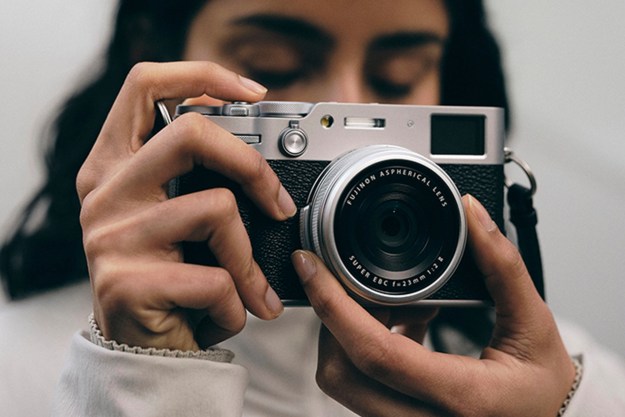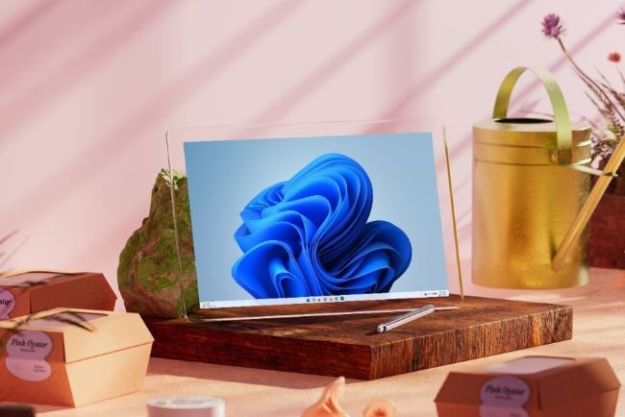In addition to black, white, and gray, a color chart contains swatches of colors calibrated to specific values. Depending on the lighting of a scene and how your particular camera and lens combination registers that light, you could end up with color rendering errors in your image. A color chart is the most accurate way to fix these errors in post production (and it’s the easiest to use, once you know how).
As detailed in the video, the first step is no different from how one would go about correcting white balance using a gray card. Once your scene and lighting are set, place the color chart in the frame where it is clearly visible to the camera and snap a photo. Next, load the image in Adobe Lightroom or your photo editing software of choice, select the white balance picker, and simply click on the gray square (in this example, the second square down from the top is the closest to 18-percent gray).
Now, while for the average photo you could likely call it quits at this point, the real power of a color chart goes much deeper. Using the SpyderCHECKR plugin for Lightroom, it is possible to create a preset that doesn’t just adjust white balance based on a single gray square, but will actually adjust all hue, saturation, and luminance values based on a reading of each individual color swatch. You’ll want to crop in tightly on the color chart first, then open the plugin and simply drag the pattern to resize it so that it fits over the color chart. With the preset saved, you can now apply it instantly to all photos from the same scene in post production — or use it during tethered shooting to automatically adjust colors as the images come into the computer.
Even with lights calibrated to a specific color temperature and your camera’s white balance set to that same temperature, it’s possible for errors to crop up. Light bouncing off of walls or other objects can change the color cast of the scene. Older or third-party lenses may also not be calibrated properly for your camera, which may hinder color accuracy. A color chart is the only way to address all the variables.
Another thing worth mentioning is that for this to really work as advertised, you need to be shooting in RAW. But other than that, that’s all there is to it.
Editors' Recommendations
- Andrew Yang’s Data Dividend Project wants you to get paid for your data
- How to make a watermark: A quick and easy way to protect your photos




